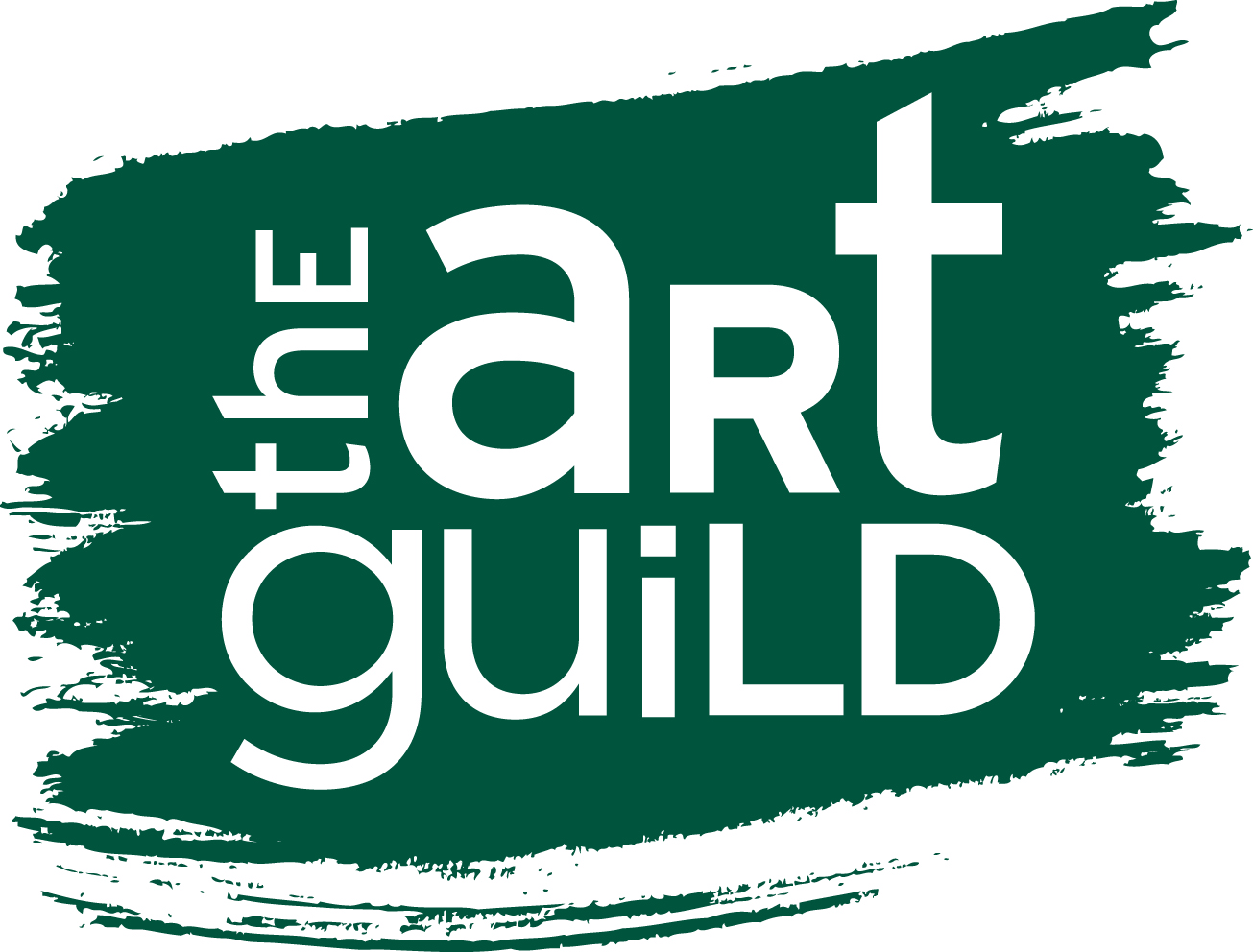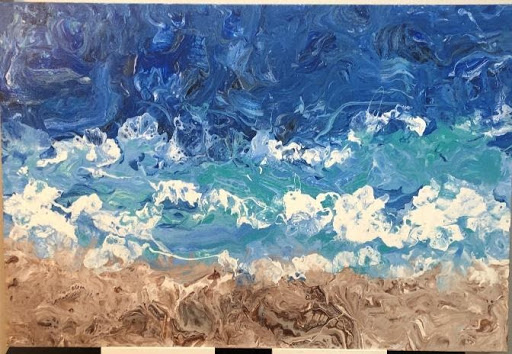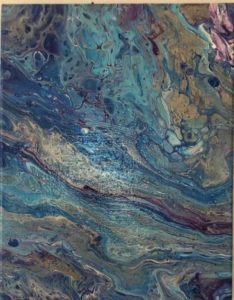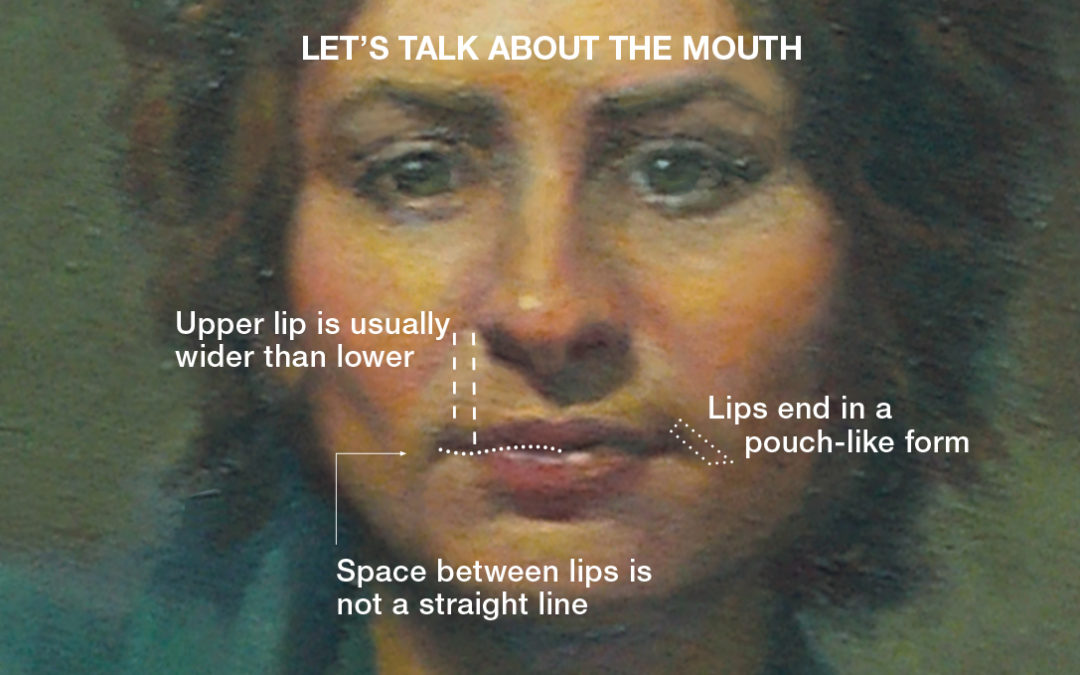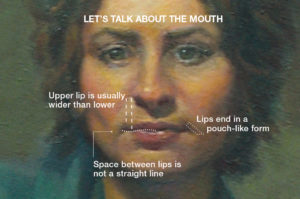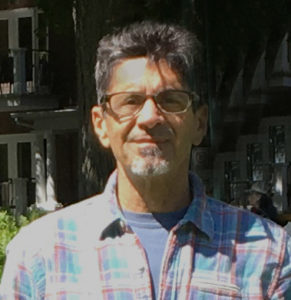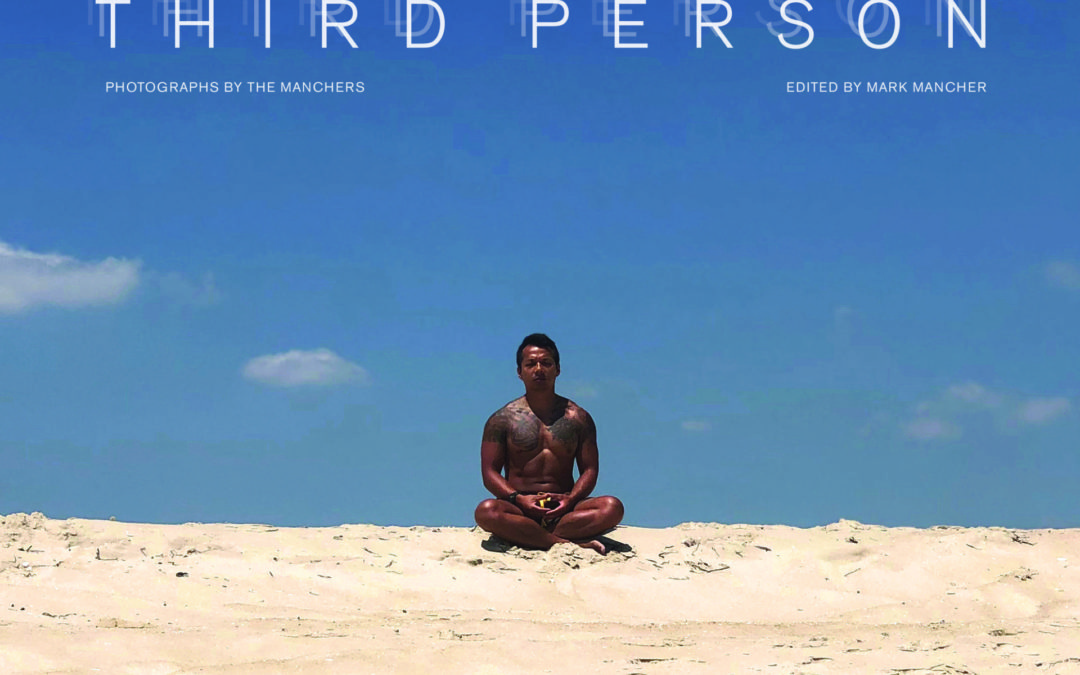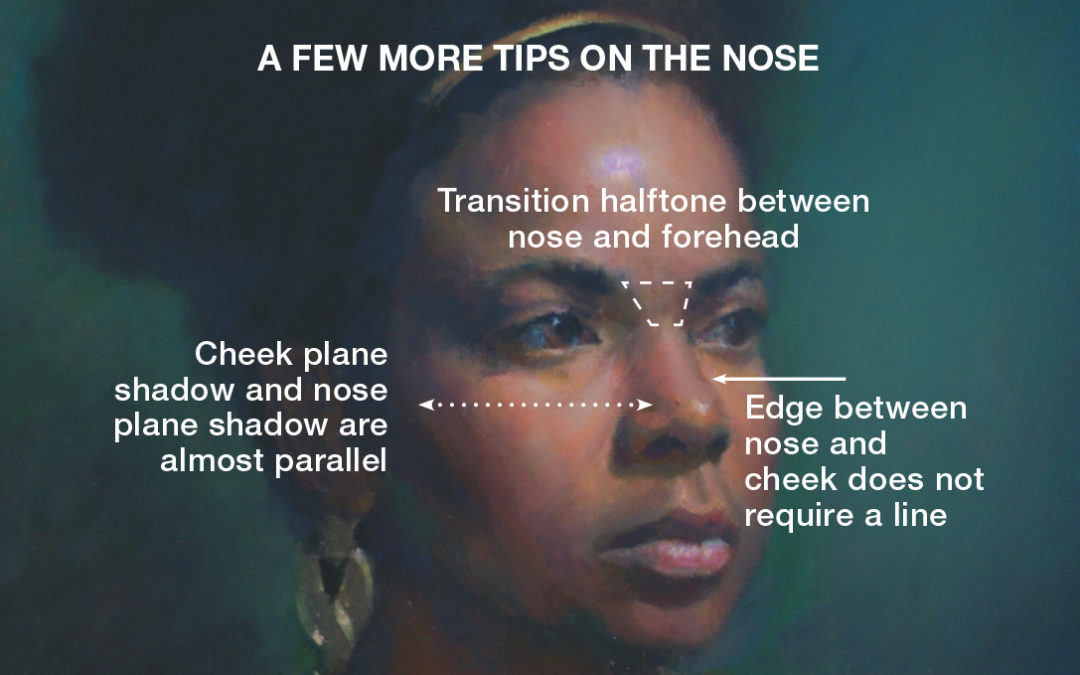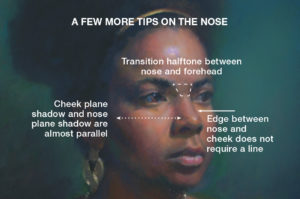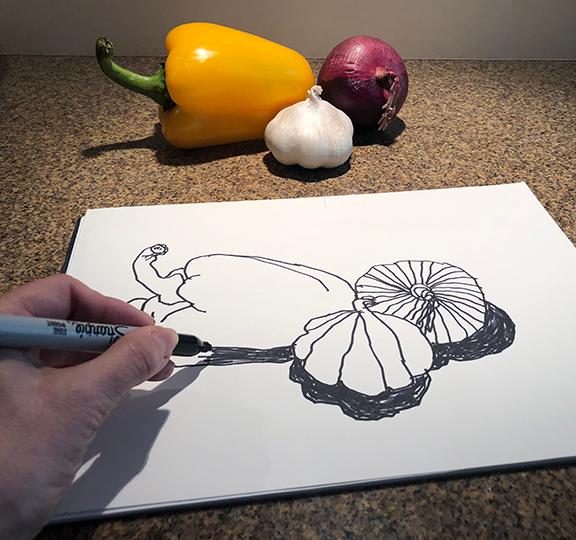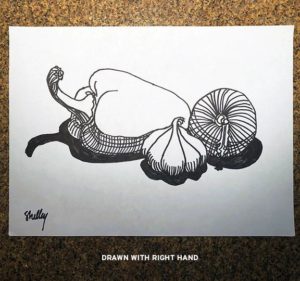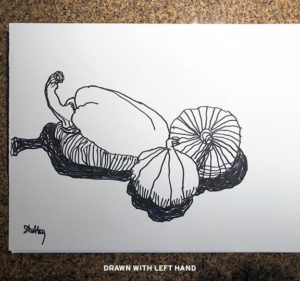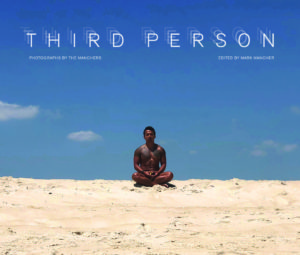
The Art of the Photo / Art book
with Mark Mancher
This note is not intended to be a “how-to” create your own Photo/Art book; numerous websites explain the nuts and bolts far better than I could. Instead, it is a paean to, what I believe is, an art form unto itself and to ask the question – why don’t more of us take advantage of the opportunity to highlight our art or create art using the incredible technology available? Technology which allows us to produce, and even self-publish, our own professional quality Photo/Art books? Particularly at this moment in time, when many of us have a story to tell and the time to tell it.
Particularly at this moment in time, when many of us have a story to tell and the time to tell it.
In a time when paper and hardcover books are being supplanted by e-books and audible books, one form of publication cannot easily be replaced by technology – Photo and Art Books. Sometimes referred to with some derision as “coffee table” books, large lush examples published by Rizzoli, Taschen and Phaidon ubiquitously grace the tables and bookshelves in almost every shelter magazine layout. We now all have the ability, with limited “tech expertise,” to create publication-quality, hardcover books, which will look right at home resting alongside the best of those publications.
Books are easy to create online
There are many sites that offer free downloadable software from Shutterfly, Snapfish and many others. Currently, I use a site called Blurb.com. Most of these sites allow wide customization, innumerable fonts and layouts. You choose the dimensions of the book from several options, the number of pages and the quality of the paper. After you upload your images, you control the arrangement and content of each page and design the cover from a variety of choices. You can insert text in any way you choose. In short, you have broad artistic control. After you complete that process, you upload your design and send it off (along with a not insignificant, but not prohibitive, fee) for processing. In short order a very finished looking product arrives at your door.
Art Books are anthologies.
Most commonly, Art Books are anthologies of the work of the world’s best-known artists and fine art photographers. These unquestionably have value. Without traveling the world, an artist’s work can be admired in a single source and traced through its various stages supported by text and quotes which give the art context. The design, editing and editorial content of the book can express a clear point of view and enhance or even critique the art.
Providing an opportunity to share more.
But, for us, the creation of a Photo/Art book provides an even greater opportunity – the ability to create a personal statement or form of expression which goes beyond what a single image or piece can communicate. To present a body of work and explain in images and words our art and motivation.
For photographers, the subject matter is limitless, from the simplest details of daily life, like tableaus of daily detritus, to the grand sweep of natural landscapes and everything in between. In its simplest form, a photo book created on-line answers the question “What do you do with your digital photos?” Many, if not most of us have hundreds of photos lying dormant on our computers (and hundreds of hard copy photos and slides that can be digitized sitting in boxes.) A photobook is a worthy replacement for the old photo album with the advantage that it can be customized, duplicated and doesn’t fall apart. It can be a tool to tell a compelling story of personal or family history, travel and life passage events.
Often uncovering themes
As photographers we often find ourselves drawn to certain subjects which we photograph again and again, street scenes, abstract patterns, nature. Why? Collecting these images and adding to a portfolio is a way to examine these interests. The goal of “working on a book” on the subject is a powerful creative motivator to explore and expand on the theme. The photographs are no longer an expression of random interest, but a way to more fully examine, for others and ourselves, what draws us to the subject and why it is worthy of appreciation. It captures where we are in the moment and preserves it in tangible form for posterity.
_____________________________
About Mark Mancher:
 Mark Mancher is an avid, lifelong, amateur photographer. He is a past Art Guild Photograph exhibition winner and an exhibitor at the Martin Vogel Photography Gallery. He has a particular interest in the photobook as art, both as a collector and a photographer.
Mark Mancher is an avid, lifelong, amateur photographer. He is a past Art Guild Photograph exhibition winner and an exhibitor at the Martin Vogel Photography Gallery. He has a particular interest in the photobook as art, both as a collector and a photographer.
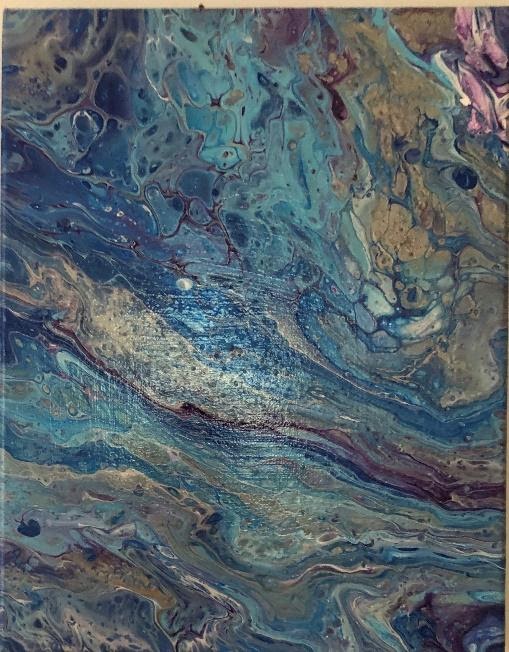
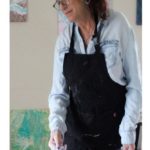 Ellen Kanner is a fluid acrylic artist, creating specialized acrylic paint pours. Currently, I show my work in galleries in New York City and Long Island. I also teach workshops. My work is commissioned, and I create customized projects for clients. My art is inspired by emotions and nature and are organic and one of a kind.
Ellen Kanner is a fluid acrylic artist, creating specialized acrylic paint pours. Currently, I show my work in galleries in New York City and Long Island. I also teach workshops. My work is commissioned, and I create customized projects for clients. My art is inspired by emotions and nature and are organic and one of a kind. 